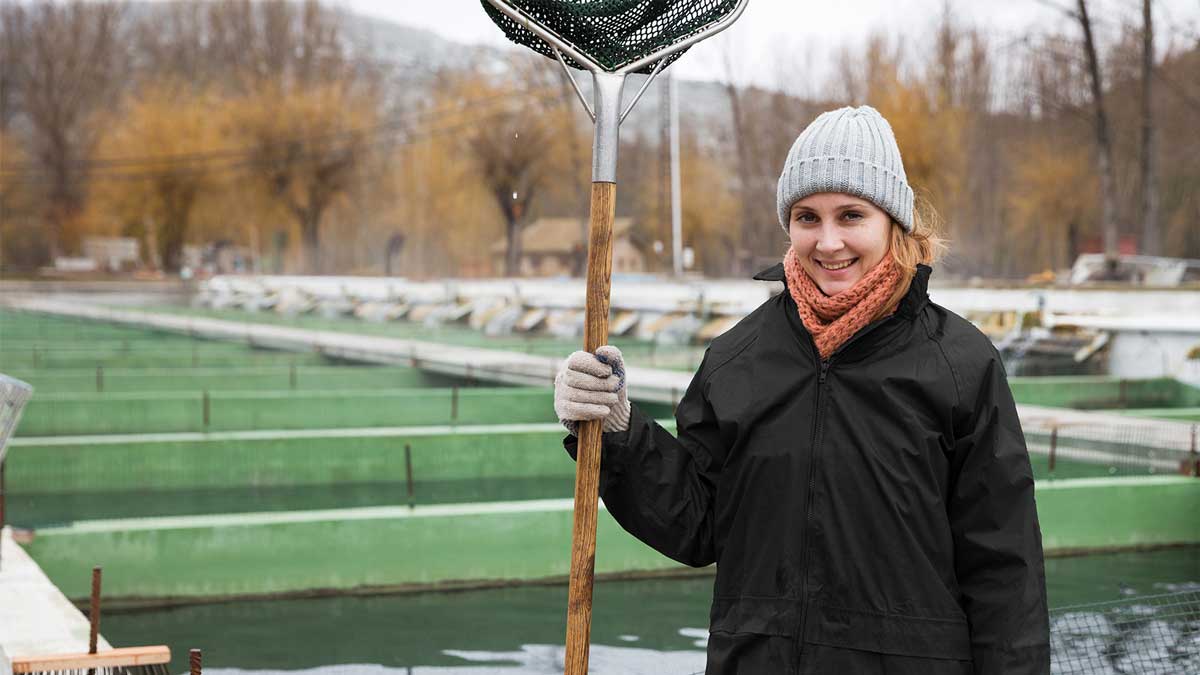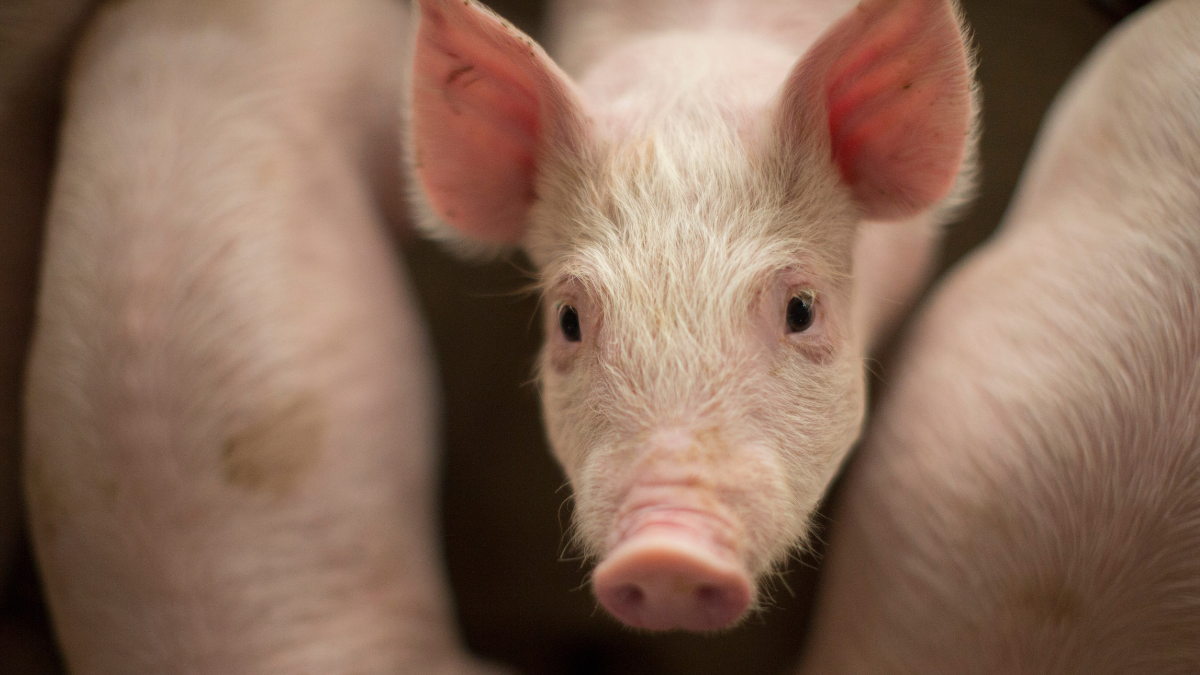The many benefits of adding yeast cultures to creep feeds
There are several opportunities to increase both feed efficiency and weight gain with creep feeds. Just as cattle genetics and management practices have advanced over the last several generations, nutritional knowledge and practices have evolved. This has allowed calves to continually improve, meeting the increasing demands of cattle producers and consumers alike.
Previously, protein and energy were the primary nutrients that nutritionists balanced in nursing calf diets. Now we can add feed additives (specifically yeast and yeast byproducts) and provide bioavailable trace minerals (organically sourced) to further advance the benefits of supplementing young cattle.
Leading the way in yeast technology
Alltech has more than 35 years of experience and is a leader in providing yeast technology based on research from both laboratory and animal production settings. Alltech’s Yea-Sacc® Extra contains a yeast culture specifically selected for their influence on animal performance. Yea-Sacc® Extra provides the nutritional platform needed to enhance fiber digestion and stabilize ruminal function and pH.
Sel-Plex® is Alltech’s proprietary form of selenium-enriched yeast and is the first European Union-approved and U.S. Food and Drug Administration-reviewed form of selenium-enriched yeast. Supported by more than 19 years of research, Sel-Plex is also the most proven form of selenium-enriched yeast. Alltech is currently the world's largest producer of natural selenium.
Providing a competitive advantage
Yeast culture and yeast cell wall components are effective products that have been fed to cattle for years and have been shown to exhibit a variety of beneficial properties that positively impact animal performance and health. Production applications of yeast cultures and yeast cell wall components include use in the diets of both low- and high-stress cattle, inclusion in creep feeds and inclusion in feeds for conventional, natural and organic production systems. Their components have proven beneficial in improving rumen health, stimulating the immune system, protecting against harmful bacteria such as E. coli and Salmonella, and promoting growth without the use of antibiotics.
More specifically, yeast culture stimulates digestive microflora, which in turn positively affects dry matter intake, rumen pH and nutrient digestibility. Yeast culture complements and stimulates the growth of ruminal cellulolytic or fiber-digesting bacteria. This leads to an increase in the rate and efficiency of ruminal fermentation. These microbial populations actively break down feedstuffs and help make more nutrients available to the calf for its growth and immune system. An increase in microbial protein can also be realized due to the stimulation of rumen fermentation and is readily available to calves as an excellent source of dietary protein. Because the animal’s appetite is stimulated, stress is reduced and a more consistent dry matter intake is maintained.
Proven results
Research reveals that daily gain and feed efficiency was improved in 21 out of 23 cattle feeding trials (91 percent response). Approximately 2,500 head of cattle were involved in the trials, and the levels of response were such that the net economic return was approximately 10 cents per head per day on feed.
In pasture situations, by including yeast culture in a free-choice creep feed, it has been shown that increased digestibility results in better forage intake and forage utilization by the animal. A three-year trial at The Ohio State University confirmed that providing yeast culture to grazing beef cattle can produce heavier calves at weaning. Their results indicated that including yeast in cattle diets produced calves that averaged 16.2 pounds heavier weaning weight. Another research facility has reported that there may also be benefits related to feeding yeast culture in rations containing ethanol co-products. The studies indicate yeast culture contains nutritional metabolites that co-products lose during the ethanol process.
Benefits of including yeast in nursing calf diets:
- Promotes digestion and utilization of nutrients
- Reduces fluctuation in pH and keeps rumen microbes steadily active, which speeds feed digestion and rumen turnover, allowing greater intake
- Promotes the growth of fiber-digesting bacteria in the rumen, thereby supporting the rate and extent of forage breakdown
- Stimulates activity of the bacteria that convert lactic acid to propionic acid
- Promotes rumen stability, avoiding the wide variations in rumen pH that interfere with fiber digestion and feed intake
- Provides consistent and highly cost-effective returns through greater performance
- Optimizes animal performance
- Supports mineral retention
Yeast culture inclusion in creep feeds make them more nutritionally complete. If you would like to learn more about yeast, yeast cultures and Sel-Plex, take a look at these videos on alltech.com.
References
Alsaied Alnaimy Mostafa Habeeb. Importance of Yeast in Ruminants Feeding on Production and Reproduction. Ecology and Evolutionary Biology. Vol. 2, No. 4, 2017, pp. 49-58. doi: 10.11648/j.eeb.20170204.11.
Alltech. https://www.alltech.com/animal-nutrition/beef-cattle. 2018.
Craig R. Belknap and Grant Crawford. Consider Yeast Culture as a Feed Additive for Growing and Finishing Beef Cattle. Copyright 2008 © Regents of the University of Minnesota.
Paul R. Broadway, Jeffery A. Carroll and Nicole C. Burdick Sanchez. Review Live Yeast and Yeast Cell Wall Supplements Enhance Immune Function and Performance in Food-Producing Microorganisms. ISSN 2076-2607 www.mdpi.com/journal/microorganisms.
D. G. Grieve. Feed intake and growth of cattle fed liquid brewer's yeast. Can. J. Anim. Sci. 59: 89-94.
Kindra Gordon. The Benefits of Yeast Culture and Yeast Cell Wall Components in Beef Cattle. January 25, 2016. Beef Magazine.
Kindra Gordon. Supplemental feed ingredients like flax, seaweed, and yeast culture can help boost cattle health, performance and carcass quality. Sept 17, 2007. Beef Magazine.
Download a free poster!


<script charset="utf-8" type="text/javascript" src="//js.hsforms.net/forms/v2-legacy.js"></script>
<![endif]--><script charset="utf-8" type="text/javascript" src="//js.hsforms.net/forms/v2.js"></script><script>
hbspt.forms.create({
region: "na1",
portalId: "745395",
formId: "1e4fa036-3651-4cf9-9aef-3ccecb7c03d6"
});
</script>
Including feed additives, such as yeast and yeast byproducts, to your creep feed can further advance the benefits of supplementing young cattle.





























